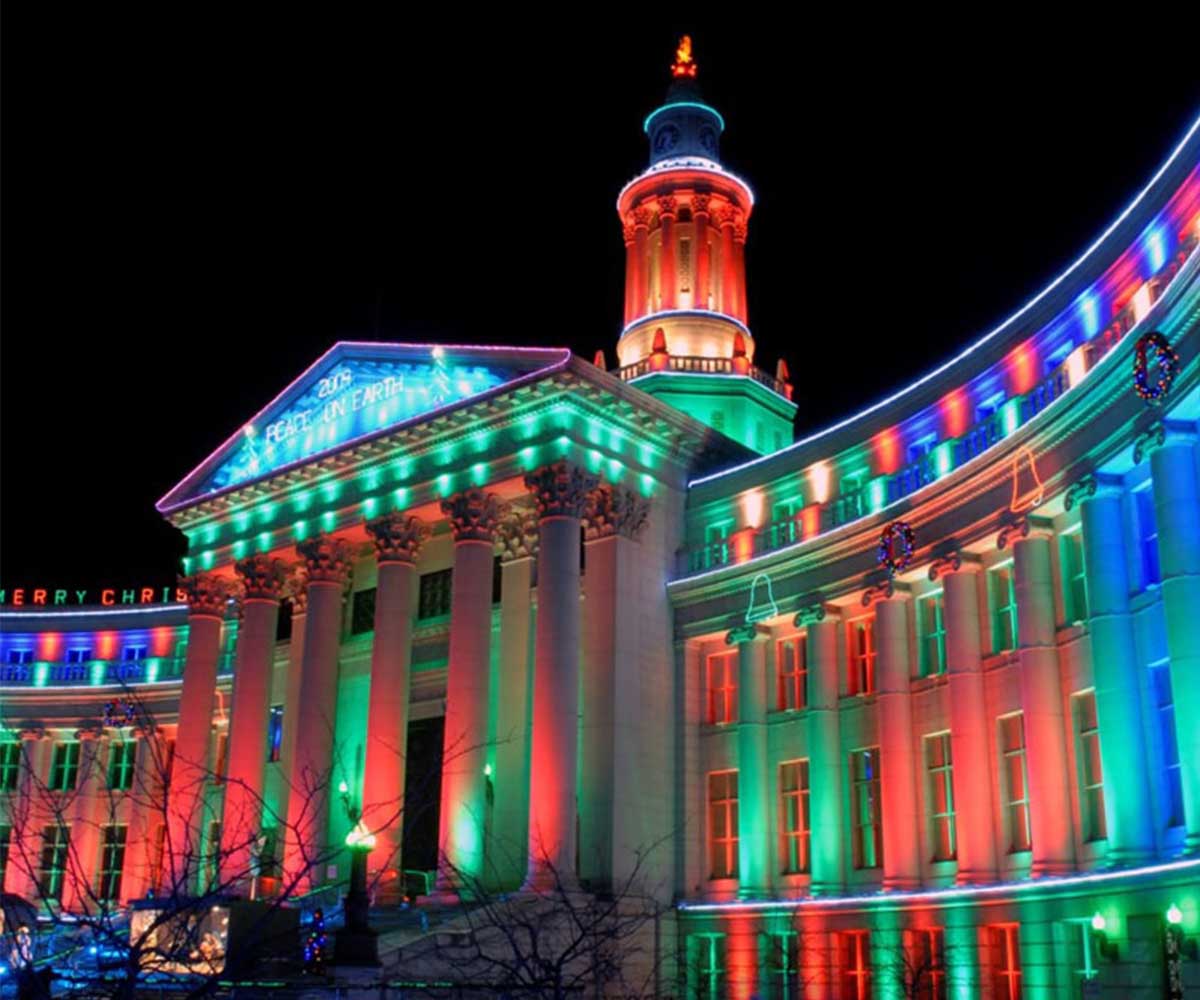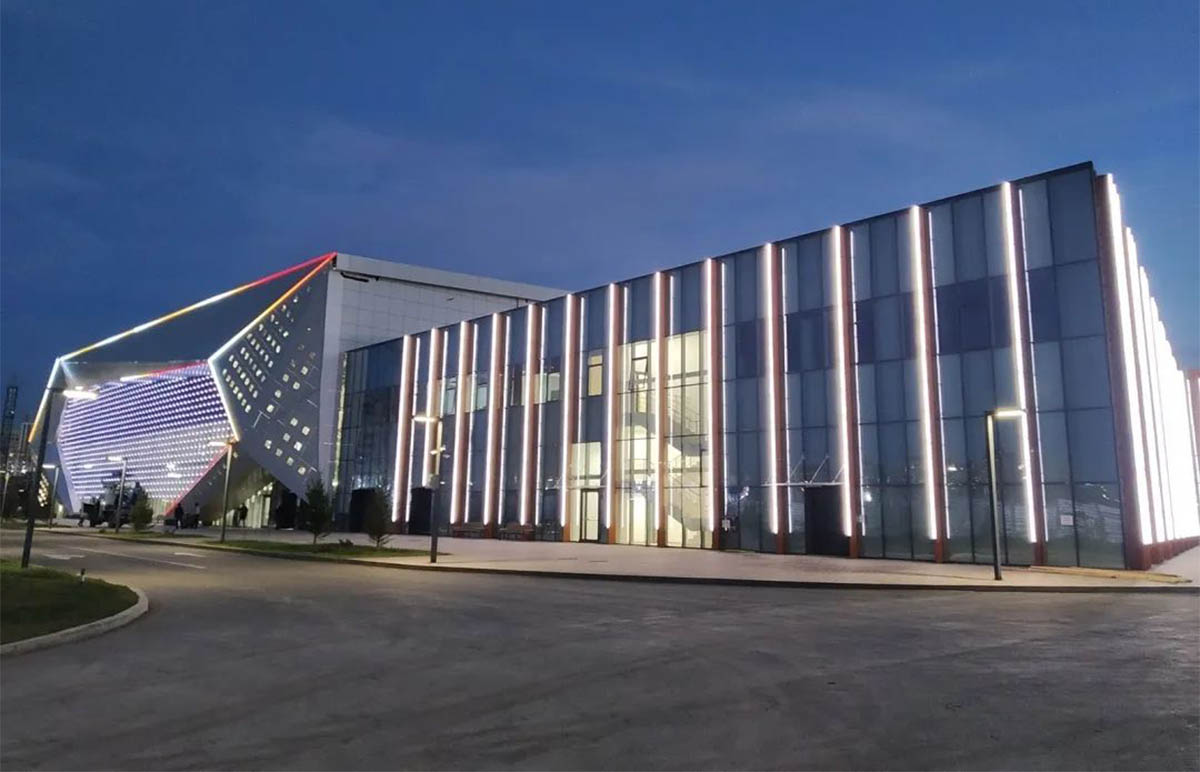Do Flood Lights Use a Lot of Electricity?
LED floodlights can be an impactful tech for illuminating commercial property, driveways, and backyards. But do floodlights use a lot of power? In fact, the power consumption of floodlights depends on kinds of factors. Keep reading, this article untangles this topic.
1. What are LED Floodlights?
LED floodlights are an advanced lighting solution that offers minimal heat emission, lower energy consumption, and longer lifespan. They can produce a broad light beam from elevated heights, poles, and walls to attain optimal coverage.
Modern brands offer smart lighting, motion sensors, and timers with customizable brightness levels. Do LED lights use a lot of electricity and result in higher costs? Well, the power consumption varies based on the illumination and brightness levels.

2. Factors Affecting Power Usage in LED Flood Lights
This section explores LED floodlight features that impact power consumption. It covers critical factors such as flood light wattage, brightness level, and buildup tech. Read on to learn vital tips for optimizing energy efficiency with LED flood lights.
2.1) Brightness Level
Lower brightness levels suit ambient applications and allow the tech to save energy. On the other hand, higher brightness fits large-scale applications like stadiums where intense illumination is critical. Simply put, you must balance energy efficiency and brightness to deliver excellent and sustainable results.
2.2) Coverage Area
Coverage area refers to the spatial extent that the LED floodlight must illuminate. Larger spaces, such as sports fields and parking lots, require high flood light wattage to illuminate expansive spaces. Meanwhile, smaller coverage areas require accent lighting, which involves minimal illumination to reduce power consumption and costs.
The coverage area will determine the layout and the selection of LED flood lights since obstacles and architectural elements impede uniform illumination. Luckily, beam angle techs allow precise lighting to optimize coverage and reduce power consumption.
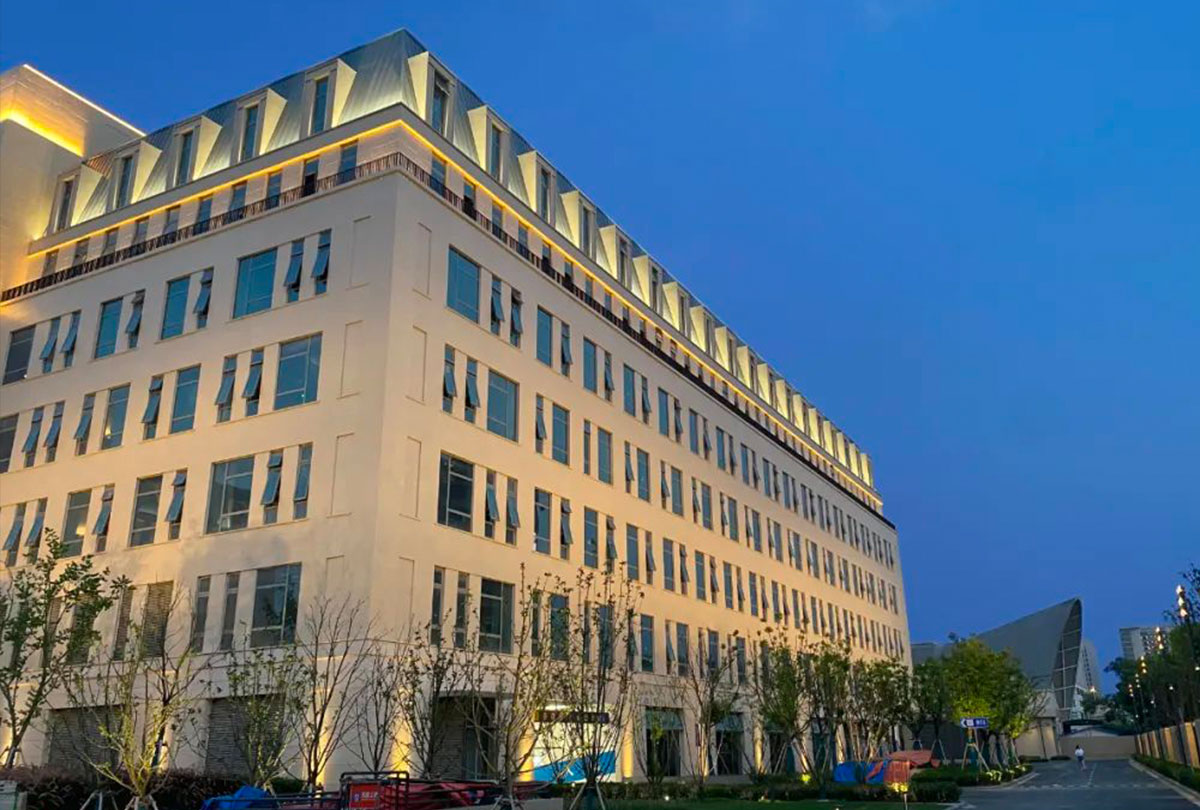
2.3) Bulb Wattage
Bulb wattage is critical for balancing energy efficiency with brightness levels. In general, lower-wattage bulbs suit residential settings since they consume less energy. Lights with a higher wattage suit security purposes and large coverage spaces. Yet, advanced LED bulbs feature high lumens that can generate a higher brightness at lower wattage.
Other techs like dimmable LED flood lights allow you to optimize energy consumption further. Overall, you must align your application with the bulb wattage to save energy.
2.4) Application Duration
The application duration directly impacts the operational costs and overall power consumption. Therefore, striking an apt balance between the application duration and energy efficiency is vital. It would help to opt for energy-efficient brands in long-duration applications involving high flood light wattage.
In the meantime, features like motion sensors and timers can help reduce energy consumption for short-duration uses. These technologies should integrate reliable systems that promote security by scaring away intruders.
2.5) Buildup Tech
The power usage rate varies across buildup techs such as halogen, metal halide, LED, and LCD. For instance, traditional halogen lights use tungsten filaments that have shorter lifespans and feature higher energy consumption. Metal halide lights feature high color rendering and brightness that take longer to warm up.
Overall, liquid crystal displays and light-emitting diodes are energy efficient and have a longer lifespan. Thus, they are a popular option for lower power consumption.
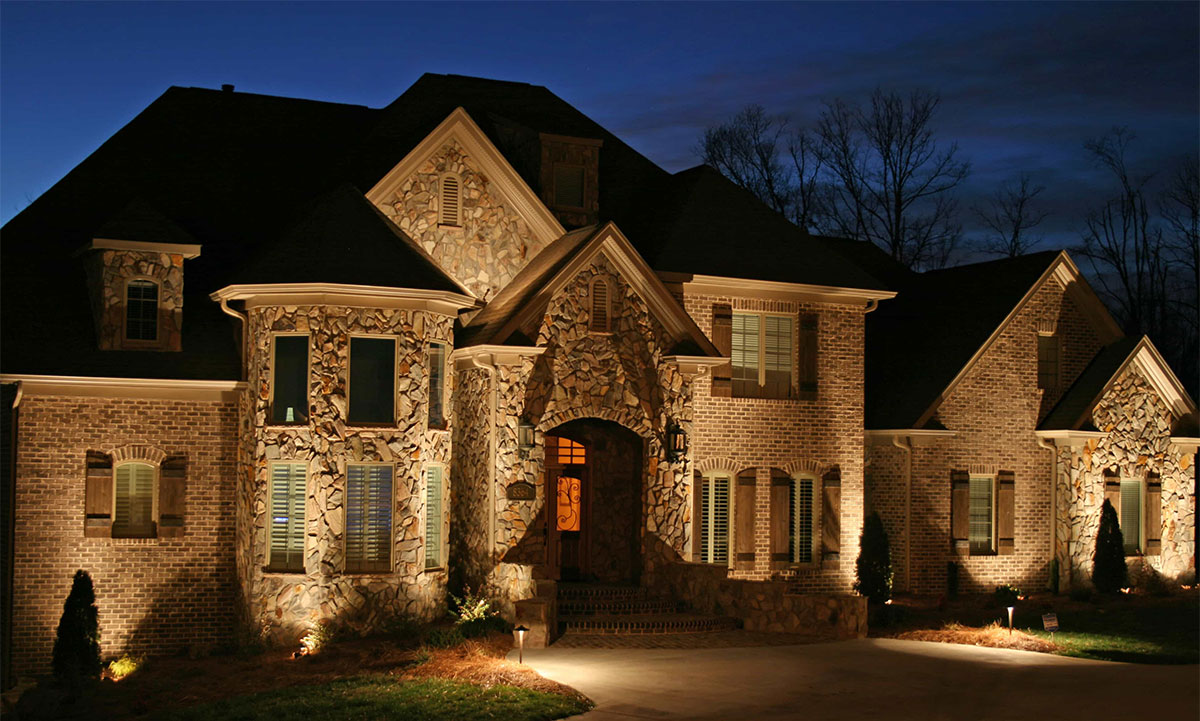
3. Energy Efficiency Practices for LED Flood Lights
Several practices can help to optimize LED floodlight efficiency through improved performance and minimal power consumption. In general, these practices involve tech advancements like timers and sensors. Read on to understand the tricks.
3.1) Smart Light Systems
LED floodlights feature a smart lighting system with advanced controls for users to manage light conveniently. These light systems can put the lights ON & OFF based on predetermined settings. Hence, you can control the lights remotely to save energy.
The smart lighting system can also control brightness and customize mood through voice commands and mobile apps. Thus, they contribute to reduced energy consumption through flexible lighting management. Timers also help to ensure precise and accurate lighting through scheduled programs to reduce energy consumption.
3.2) Standard DMX512 Agreement
DMX512 agreement is a standardized protocol to facilitate communication between LED flood lights and controllers. The controller uses the DMX512 agreement to change the colours and brightness of LED flood lights. Then, it helps reduce unnecessary power consumption. Above all, its high grayscale of 65536 and standard DMX512 agreement enable it to produce accurate colours without flickering. It can provide high-quality lighting effects while keeping the electricity efficient.
3.3) Proper Installation & Maintenance
Proper LED floodlight installation involves secure wiring and optimal positioning to light the space adequately. It allows precise alignment that reduces shadows and light spillage. On the other hand, proper wiring prevents overheating and voltage drop.
Overall, proper installation is critical for boosting energy efficiency and improving durability. Professional installation will minimize initial and long-run losses. Above all, proper maintenance is vital to clean lenses, inspect wires, and secure the fixtures.
4. LED Flood Lights Power Consumption vs. Traditional Options
First, CFLs (compact fluorescent lamps) incurred lighting delays and contained mercury that posed health risks. Yet, they have been the alternative to incandescent bulbs, which produce more heat, consume more energy, and have a shorter lifespan.
On the other hand, LCD and LED floodlights have numerous benefits, including versatility, brightness, and energy efficiency. Although LED floodlights feature directional lighting, it is vital to select the correct wattage to boost energy efficiency.
First, 10w to 50w suits small spaces, 20w to 100w for medium spaces, and 50w to 200w for extensive spaces. 100w to 400w LED floodlights suit extra-large coverage. Overall, technical comparisons indicate clearly that LED floodlights consume less energy than traditional options such as LCDs, incandescent bulbs, and compact fluorescent lamps.
5. Conclusion
LED floodlights are an innovative tech fostering superior performance and energy efficiency. These lights offer better features than traditional options since they have instant lighting and a longer lifespan. Nonetheless, striking the right balance between the flood light wattage and the application settings is vital for excellent results.
6. Illuminate Your Space With LNJAMI Floodlights Today!
Are you ready to take your floodlight game to the next level? Elevate your lighting system with advanced LED floodlights from LNJAMI! Our company offers diverse lighting solutions that suit numerous settings for energy efficiency.
The LNJAMI website will connect you to our experts for critical guidance on flood light installation. Visit the official website today and connect with experts in your field.
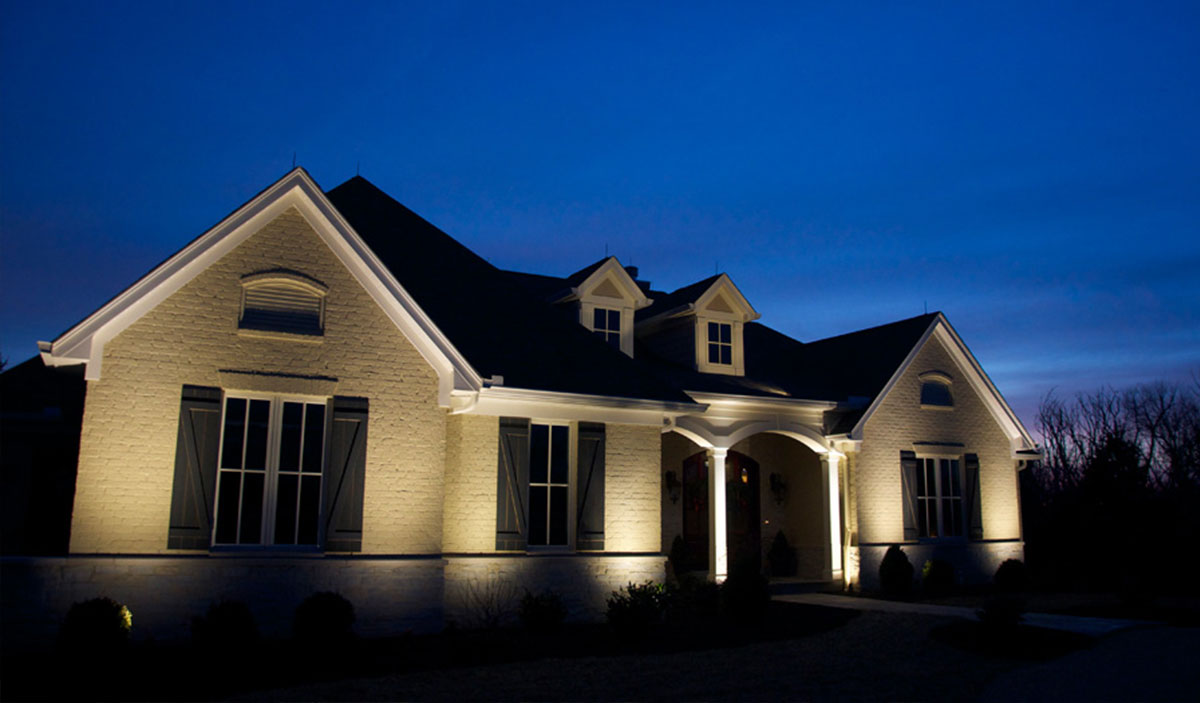
7. Frequently Asked Questions
Do LED floodlights work in harsh conditions?
Yes, LED floodlights can withstand harsh weather conditions. They feature durable ingress protection (IP) ratings to resist extreme temperatures, snow, and rain. Nonetheless, you must ensure proper installation to maximize the lifespan.
What is the price of LED floodlights?
LED floodlight prices vary based on additional functionalities, features, floodlight wattage, and brand. The average cost is $20 to $50 for smaller wattages that suit residential spaces. The prices can strike several hundred dollars for advanced options.





